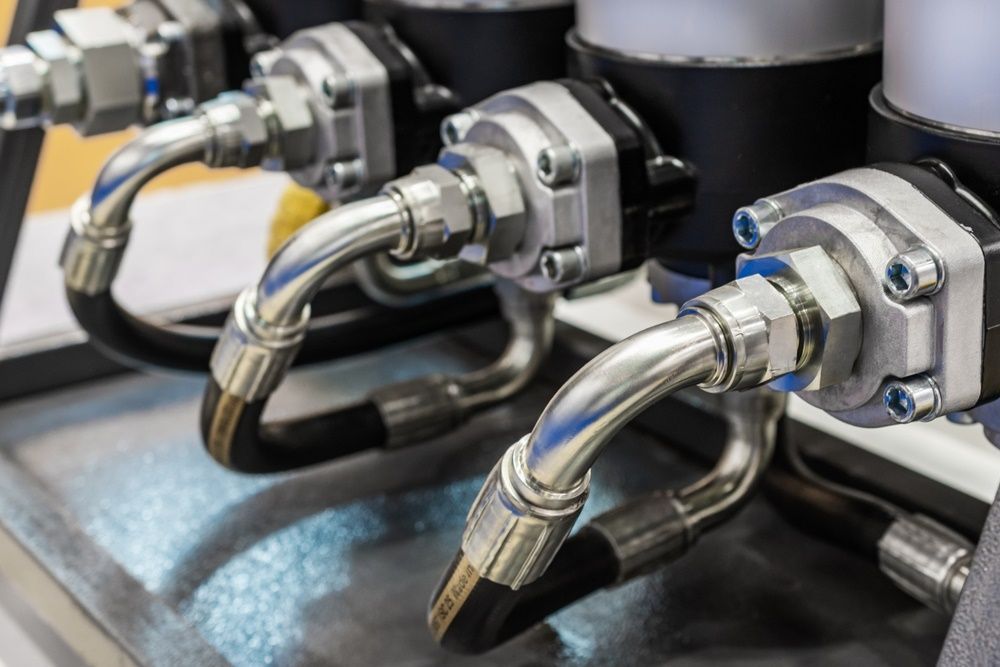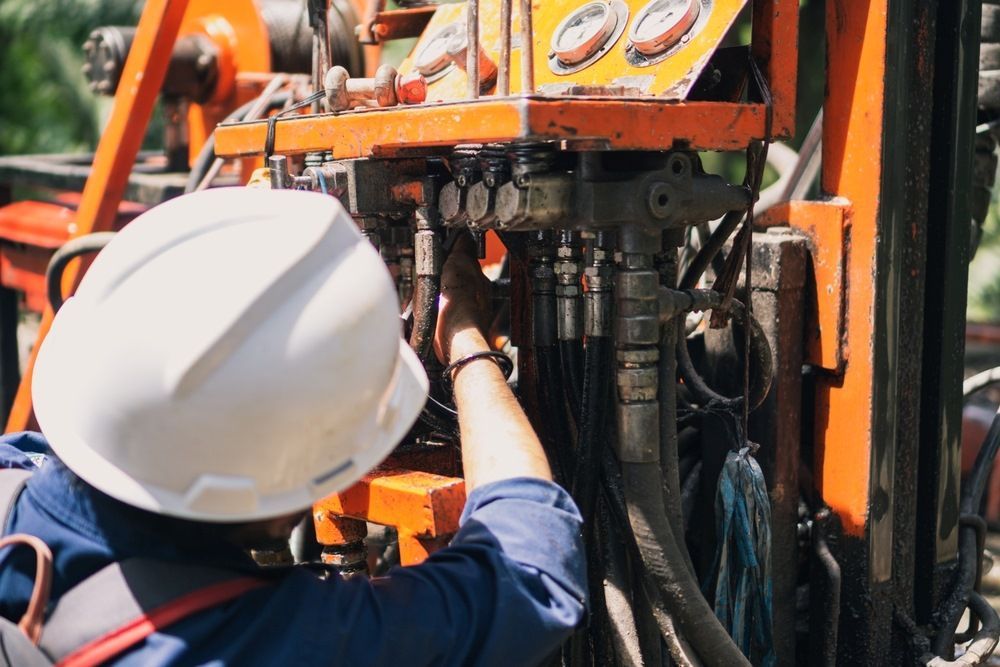Hosemobile
Fittings for Hydraulics in Bateau Bay
- 24/7 Mobile Emergency Service
- Fully Equipped Mobile Workshop
- Extensive Repair & Maintenance Capabilities

Contact Us in Bateau Bay
Thank you for contacting Hosemobile.
We will get back to you as soon as possible.
Oops, there was an error sending your message.
Please try again later.

Bateau Bay Hydraulics
When hydraulic equipment breaks down in Bateau Bay, businesses need fast, local support to avoid costly downtime and project delays. Hosemobile provides expert mobile hydraulic services tailored to meet the needs of tradespeople, operators, and business owners throughout the area.
With more than 15 years of industry experience, Hosemobile specialises in on-site hydraulic hose repairs, high-pressure fittings, and system servicing. Their mobile workshops are fully stocked with a wide selection of hoses, tools, and fittings, making it easy to carry out repairs on the spot—no towing or workshop visits required.
Whether servicing transport fleets, earthmoving machinery, or farm equipment, Hosemobile is known for its fast response times, thorough workmanship, and commitment to quality. Local customers rely on the team not only for their efficiency, but for the confidence of knowing the job will be done properly the first time.
For mobile hydraulic repairs and fittings in Bateau Bay, contact 0401 766 667 today to schedule a visit.
Reliable Support On-Site
In Bateau Bay, where industries depend on machinery to keep work moving, downtime isn’t just inconvenient—it’s expensive. Hosemobile offers mobile hydraulic services that eliminate the need for equipment transport or long wait times for parts.
Their on-site service is designed to respond quickly and solve problems efficiently, using a fully equipped mobile workshop that carries everything needed for most hydraulic repairs. From leaking hoses to damaged fittings, the team works directly on-site to restore performance and prevent further issues.
Each job is handled with care and technical know-how. The team assesses the equipment, selects compatible parts, and performs all work in line with current safety and industry standards. What sets Hosemobile apart is their ability to combine speed with professionalism—getting machinery back up and running without compromising on quality.
Customers in Bateau Bay can expect clear communication, honest advice, and long-lasting results from a team that understands the urgency of on-site hydraulic support.

Frequently Asked Questions
What causes hydraulic fittings to fail or leak?
Hydraulic fitting failures are usually caused by incorrect installation, vibration, corrosion, incompatible thread types, or over-tightening. In some cases, worn O-rings or poor-quality materials may also lead to leaks.
Even small misalignments can result in poor sealing, which affects pressure and system performance. Leaks often start slow and worsen over time, leading to reduced efficiency or potential equipment damage. Regular maintenance, proper torque application, and using the correct fitting type are the best ways to prevent leaks and ensure safe operation.
Can I reuse hydraulic fittings?
Some hydraulic fittings are reusable, while others—especially crimped or high-pressure fittings—are designed for single use. Reusable fittings are typically threaded and can be safely removed and reinstalled if they remain undamaged and clean.
However, it’s important to inspect the threads, sealing surfaces, and O-rings before reuse. Reusing a fitting that has been worn or stressed may lead to leaks or mechanical failure. When in doubt, replacing the fitting ensures better safety and reliability, especially in systems operating under high pressure.
How do I prevent hydraulic fitting failure in high-pressure systems?
To prevent hydraulic fitting failure in high-pressure systems, always use fittings rated for the system’s pressure and fluid type. Avoid over-tightening, and use proper seals like O-rings or washers. Regularly inspect fittings for leaks, corrosion, or vibration-related wear. Support clamps can help reduce movement and stress. Routine maintenance and clean hydraulic fluid also extend fitting life and reduce failure risk.




